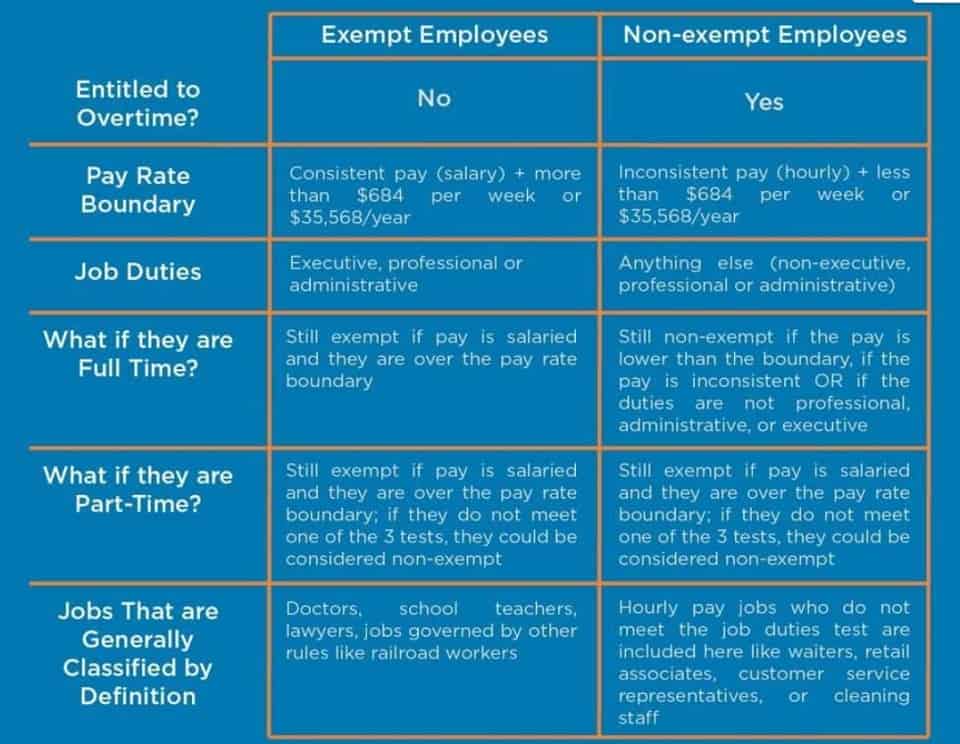
It is essential for businesses to effectively manage their liabilities and maintain a healthy balance between debt and equity. These are the periodic payments made by a lessee (the business) to a lessor (property owner) for the right to use an asset, such as property, plant or equipment. In accounting terms, leases can be classified as either operating leases or finance leases.
- If a portion of a long-term debt is payable within the next year, that portion is classified as a current liability.
- Now let’s look a closer look at each of these basic elements of accounting.
- Contingent liabilities are a little different since they are liabilities that might occur.
- This is a much faster method than scrolling through numerous transactions in the Travel Expenses account, trying to distinguish which are meals and which are flights.
How Liabilities Work

Unlike the assets section, which consists of items considered cash outflows (“uses”), the liabilities section comprises items considered cash inflows (“sources”). Fixed liabilities are due to the owners/partners/shareholders of an enterprise, and they are payable only on dissolution/liquidation of the enterprise. Current assets are expected to be sold or otherwise used up in the near future.

Our Services
- It’s important for companies to keep track of all liabilities, even the short-term ones, so they can accurately determine how to pay them back.
- Having a better understanding of liabilities in accounting can help you make informed decisions about how to spend money within your company or organization.
- Measuring a company’s net worth helps stakeholders evaluate its financial strength and overall stability.
- AP can include services, raw materials, office supplies, or any other categories of products and services where no promissory note is issued.
- Fixed assets, or non-current assets, are tangible assets with a life span of at least one year and usually longer.
The settlement of liability is expected to result in an outflow of funds from the business. Yes, liabilities can be negative and represent a credit balance when the company pays more than liability. It might signal weak financial stability if a company has had more expenses than revenues for the last three years because it’s been losing money for those years.

Type 4: Deferred tax liabilities
Depending on your payment schedule and your tax jurisdiction, taxes may need to be paid monthly, quarterly, or annually, but in all cases, they are likely due and payable within a year’s time. The best way to track both assets and liabilities is by using accounting software, which will help categorize liabilities properly. However, even if you’re using a manual accounting system, you still need to record liabilities properly. Assets are broken out into current assets (those likely to be converted into cash within one year) and non-current assets (those that will provide economic benefits for one year or more). An asset is anything a company owns of financial value, such as revenue (which is recorded under accounts receivable). But there are other calculations that involve liabilities that you might perform—to analyze them and make sure your cash isn’t constantly tied up in paying off your debts.
- Accrued expenses are costs of expenses that are recorded in accounting but have yet to be paid.
- Liability may also refer to the legal liability of a business or individual.
- Contingent liabilities are liabilities that could happen but aren’t guaranteed.
- Pension obligations are crucial to understanding a company’s commitment to its employees and the potential strain on future resources.
- For example, let’s say that two companies in the same industry might have the same amount of total debt.
- By far the most important equation in credit accounting is the debt ratio.
Liability (financial accounting)
There is a lot involved when making the decision to purchase insurance for your business. We’ll break down everything you need to know about what liabilities mean in the world of corporate finance below. There are three primary classifications when it comes to liabilities for your business. Boost your confidence and master accounting skills effortlessly with CFI’s expert-led courses!
Current Liabilities
It’s worth noting that liabilities are going to vary from industry to industry and business to business. For example, larger businesses are most likely to incur more debts compared to smaller businesses. When it comes to accounting processes for your small is various account liability? business, there can be a lot to know and understand. This is why it’s important to understand what liabilities are since they play a critical role in your business. Current liabilities are used as a key component in several short-term liquidity measures.
What are Liabilities?

An expense is the cost of operations that a company incurs to generate revenue. Any liability that’s not near-term falls under non-current liabilities that are expected to be paid in 12 months or more. Long-term debt is also known as bonds payable and it’s usually the largest liability and at the top of the list.

Some liabilities have clear repayment plans and terms, while others might only need to be paid if certain events happen or if specified conditions are met. Accounts payable represents money owed to vendors, utilities, and suppliers of goods or services that have been purchased on credit. Most accounts payable items need to be paid within 30 days, although in some cases it may be as little as 10 days, depending on the accounting terms offered by the vendor or supplier.
Examples Of Liabilities
In the world of accounting, a liability refers to a company’s financial obligations or debts that arise during the course of business operations. These are obligations owed to other entities, which must be fulfilled in the future, usually by transferring assets or providing services. Liabilities play a crucial role in a company’s financial health, as they fund business operations and impact the company’s overall solvency. Accrued expenses are listed in the current liabilities section of the balance sheet because they represent short-term financial obligations. Companies typically will use their short-term assets or current assets such as cash to pay them.
